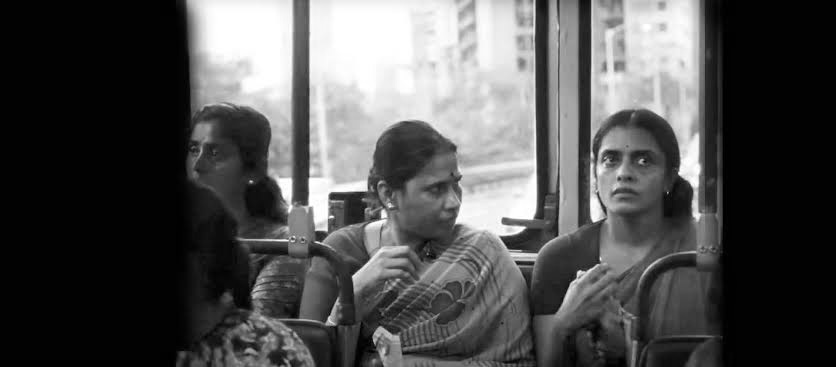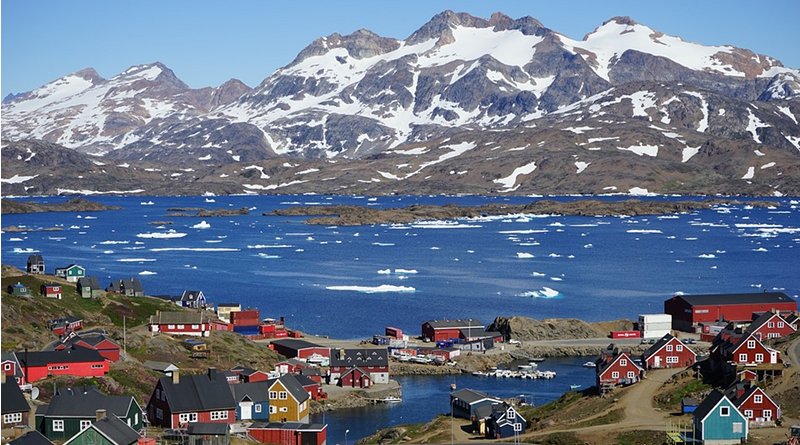First published in Eurasia Review, 31 January 2025
Films that explore the alienation of women amidst the frenetic pace of life carry a deep impact, reflecting the universal human yearning for connection, love and belonging. These narratives often centre on protagonists grappling with disconnection, depression, and exclusion, reflecting the struggles many face in real life. Some focus on individual quests for meaningful relationships, while others capture the paradoxical loneliness of urban living, where vast, bustling cities can feel empty without genuine bonds. In certain stories, loss or separation intensifies the isolation, leaving characters to confront the void within. By exploring these experiences, such films offer expressive insights into the nature of solitude, revealing both the pain of disconnection and the resilience of the human spirit.
Payal Kapadia’s film All We Imagine As Light is a moving reflection on loneliness, displacement, and resilience, following the lives of three women as they face personal challenges in the bustling environs of modern Mumbai. The film captures the subtle life-world between individual desires and systemic constraints, reflecting universal themes of alienation and belonging. Through the dotted stories of Prabha, Anu, and Parvathy, Kapadia constructs a narrative that is both deeply intimate and socially evocative, testing the quiet struggles of women often rendered invisible in a patriarchal and stratified society.
Set against the backdrop of Mumbai, Kapadia’s debut fiction feature introduces the city not merely as a setting but as a living entity—a sprawling, agonising universe that signifies the emotional locale of its inhabitants. The opening montage, with its depiction of street scenes and migrant voices, condenses the city’s paradox—a place brimming with opportunities yet rife with alienation. Within this environment, the protagonists struggle with their own battles. Prabha, a Keralite nurse, carries the weight of an estranged marriage and the emotional limbo it creates. Her younger roommate Anu, another nurse from Kerala, impulsive and rebellious, sustains a clandestine romance with Shiaz, while wrestling with societal judgment. Yet, there is very little Islamophobia or ‘love jihad’ element in the unfolding scenes (except a reference to ‘kakka’ by Prabha’s colleagues, which means a Muslim in local vernacular). Parvathy, the eldest, faces the threat of eviction and the erasure of her home by ruthless developers. These dishevelled narratives reveal how urban life deepens the women’s struggles, amplifying feelings of isolation even within the city’s teeming crowds.
Kapadia’s storytelling is imaginative in capturing the textures of these women’s lives. Through moving visuals and subtle character development, she explores the intersections of gender, class, religion, and language, presenting a thick description of societal structures. The symbolic arrival of a rice cooker from Prabha’s estranged husband captures the emotional and material disconnection that defines her existence. Similarly, Anu’s use of a burqa to secretly meet Shiaz features the lengths to which women must go to assert agency within a society preoccupied with controlling their autonomy. Parvathy’s plight as a widow without documents highlights the insecurity of those excluded from systems of privilege and power. Together, these stories elucidate the systemic erasure of women’s personhood and the resilience required to pass through these constraints.

The film’s tonal change in its second half—when the trio journeys to Parvathy’s coastal village—marks a moment of reprieve and transformation. Away from Mumbai’s relentless pace, the natural serenity of the village provides a space for introspection and healing. For Prabha, the change in setting becomes a stimulus for self-discovery, allowing her to confront the emotional void of her marriage and reclaim her agency. Anu’s relationship with Shiaz is brought into focus, forcing her to reckon with the societal barriers that shadow their love. Parvathy, returning to her roots, begins to rebuild her sense of self beyond the confines of urban displacement. The coastal village, with its openness and connection to nature, becomes a metaphorical space of renewal, contrasting sharply with the alienation of urban life.
Kapadia’s craft lies in her ability to infuse this narrative with both lyricism and realism. Her depiction of Mumbai’s monotony and apathy—through cool-toned visuals and a sparse, haunting soundscape—captures the city’s dehumanizing effects. Yet, moments of warmth and connection persist, symbolized by the women’s evolving camaraderie and their shared acts of care. The film’s title, All We Imagine As Light, stands as a metaphor for the unseen resilience that sustains these women, suggesting that even in the darkest moments, light can emerge from within.
All We Imagine As Light stands out for its multilingual storytelling, with characters speaking Malayalam, Hindi, and Marathi, reflecting the lived realities of migrant workers in Mumbai. It also makes fun that a doctor who seeks to maintain emotional contact with Prabha in the hospital also struggles to learn Hindi and he gets disappointed. However, the mix of different languages captures their personal and professional worlds—Malayalam representing home and intimacy, while Hindi and Marathi signify adaptation and engagement with the city. This linguistic fluidity not only adds authenticity but also subtly highlights themes of belonging, alienation, and the complexities of urban life.
There is another side of Kapadia’s narrative. It highlights the critical role played by Kerala’s women nurses in the global healthcare workforce and the challenges they encounter both at home and abroad. Kerala has historically been a major supplier of nurses to international markets, driven by economic aspirations, social mobility, and professional growth. However, these nurses face multiple challenges throughout their migration journey. Domestically, they struggle with low wages, exploitative work conditions, workplace harassment, limited career advancement opportunities, and inadequate recognition within the healthcare system, particularly in the private sector. Many are forced to work long hours under difficult conditions, which intensified mental and physical stress. The phenomenon of stepwise migration—moving first to Indian cities, then to the Gulf, and finally to Western countries— shows the struggles these nurses face in securing long-term stability. Kapadia’s film is also a reminder that ‘angels are in great distress’ amid all lures of prosperity, both at home and abroad.
In reimagining the narratives of urban life and female intimacy, Kapadia contests the traditions of Indian cinema, which often spotlight male-centric stories and overt dramatization. Instead, she crafts a quiet, subversive work that foregrounds the experiences of women as acts of dissent against societal norms. By spinning themes of love, loss, and self-discovery into the fabric of everyday struggles, All We Imagine As Light becomes a tender affirmation of life’s complexities and the bearing strength of the human spirit. The film is not just a moving reflection on the life-world of migrant women and their survival but also a social memento to contemporary Indian cinema, asserting the importance of narratives that give voice to those on the margins.
The critically acclaimed All We Imagine As Light secured the prestigious Grand Prix at the 2024 Cannes Film Festival and has since been hailed as the #1 Film of the Year by The New York Times, Associated Press, Sight & Sound magazine, and the Film Comment critics poll. It has also earned Best International Feature accolades from esteemed film circles, including the New York Film Critics Circle, Los Angeles Film Critics Association, Chicago Film Critics Association, and the San Diego Film Critics Society. A testament to global collaboration, the film is an international co-production, bringing together companies from France, India, the Netherlands, Luxembourg, and Italy.




